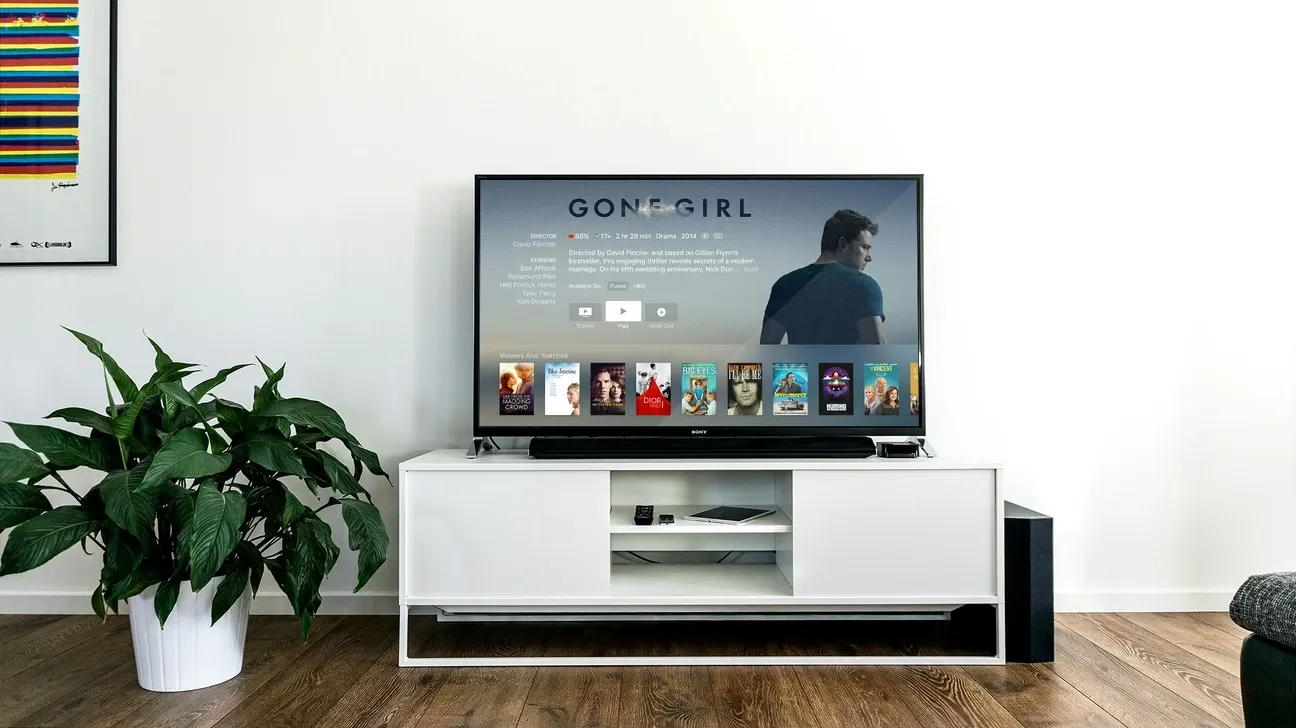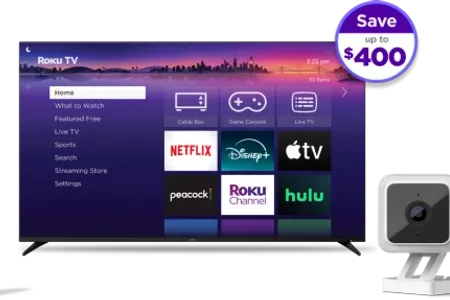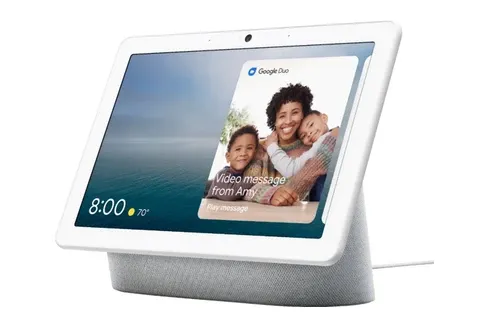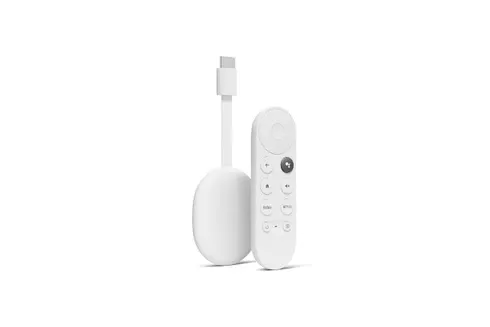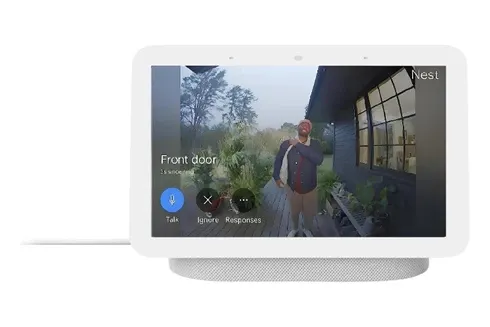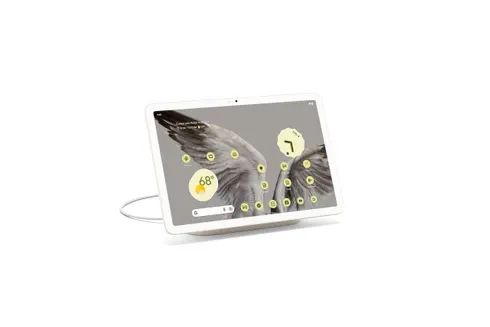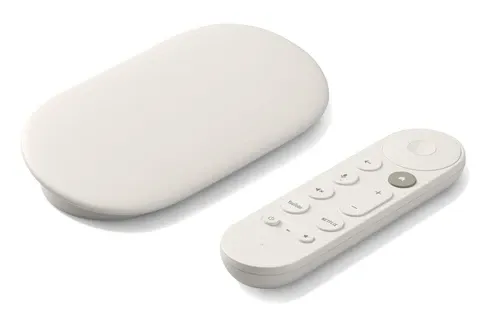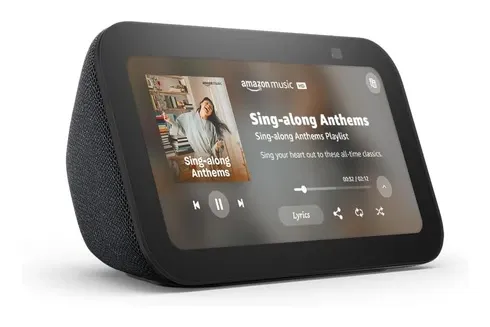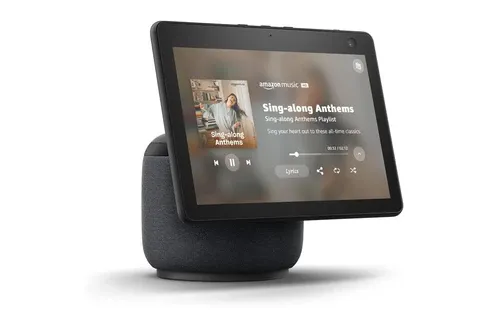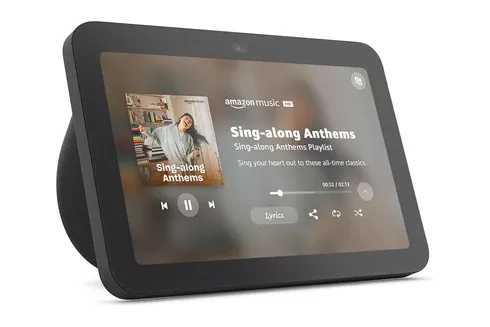Introduction to Smart Home Player
Welcome to our comprehensive guide on smart home player technology, where we delve into the various articles that explore its role in creating an interconnected home environment. As smart home devices continue to gain popularity, understanding the importance of a smart home player is crucial in managing and controlling these systems.
A smart home player serves as the hub of your connected home, allowing you to integrate and manage a variety of smart devices, from lighting to security systems. In this guide, we will explore the latest advancements, product reviews, and how-to guides to help you optimize your smart home setup.
What is a Smart Home Player?
A smart home player is essentially a control system that helps connect various smart devices into one cohesive network. This includes smart speakers, lights, thermostats, security cameras, and entertainment systems. By using a player, you can easily control your smart home devices from one centralized app or voice assistant.
Benefits of a Smart Home Player
Using a smart home player offers several benefits:
- Centralized Control: A smart home player consolidates control of all your devices, making it easier to manage them from a single platform.
- Enhanced Security: By unifying access points and creating a more secure network, a smart home player helps protect your connected devices.
- Energy Efficiency: Automating devices like thermostats, lights, and appliances can significantly reduce energy consumption and save on utility bills.
- Improved Convenience: Use voice commands or a mobile app to control your home’s lighting, temperature, security, and entertainment systems effortlessly.
The Role of Smart Home Players in a Connected Home
In a connected home, a smart home player acts as the "brain" of the system, coordinating the interaction between different smart devices. It can integrate a variety of technologies, allowing them to communicate seamlessly. Whether you're adjusting your thermostat, dimming the lights, or checking your security cameras, a smart home player simplifies the process by managing everything in one place.
Modern smart home players use artificial intelligence (AI) and machine learning to automate common tasks based on your preferences. For example, they can adjust your lighting or thermostat based on your daily schedule, creating a more comfortable and energy-efficient environment.
Articles About Smart Home Players
We have compiled a list of articles that will help you navigate through the world of smart home technology and find the best smart home player for your needs. These articles cover a range of topics from product reviews to installation guides, ensuring that you have all the information required to make the best decision.
Topics Covered:
- Best Smart Home Players in 2024: This article reviews the top smart home players currently on the market, helping you find the right one for your setup.
- How to Integrate Smart Home Players with Your Existing System: Learn how to seamlessly integrate a smart home player with your existing smart devices for smoother operation.
- Smart Home Players for Enhanced Security: Explore how a smart home player can bolster your home's security features, including smart cameras and smart locks.
- Voice Control with Smart Home Players: Learn how to use voice commands with a smart home player to control lighting, security, and entertainment systems.
- Automation and Routines: Discover how to create customized routines using your smart home player, automating tasks such as turning off lights or locking doors at specific times.
- Smart Home Players for Elderly Care: Explore how smart home technology can assist elderly family members, offering greater independence and safety through features like fall detection and emergency alerts.
Choosing the Right Smart Home Player
Selecting the right smart home player for your home depends on several factors, including the devices you already have, your preferred ecosystem (Google, Apple, Amazon, etc.), and your long-term plans for expanding your smart home.
Compatibility with Devices
Ensure that your chosen player supports the smart devices you plan to use. Popular brands like Google Home, Amazon Echo, and Apple HomeKit offer broad compatibility, but not all devices work across every platform. Before investing in a smart home player, check the manufacturer’s compatibility list to ensure it meets your current and future needs.
Ease of Use
A smart home player should be user-friendly, offering intuitive interfaces and easy setup processes. Whether it's through an app, a touchscreen display, or voice commands, the player should make it simple to control your home. Consider factors like ease of setup, available features, and whether the system requires professional installation or can be handled as a DIY project.
Security Features
Since your smart home player connects multiple devices, security is paramount. Ensure that the player offers encrypted connections and multi-factor authentication to protect your home network from potential threats. Leading smart home players offer advanced security protocols to safeguard your personal information and keep your devices safe from hacking.
Voice Control Capabilities
Many modern smart home players come equipped with built-in voice assistants, such as Amazon Alexa, Google Assistant, or Apple Siri. This allows you to control your smart home with simple voice commands. Voice control enhances convenience, allowing you to adjust settings, play music, or check security cameras without needing to access an app or physically interact with your devices.
Scalability and Future-Proofing
A smart home is an evolving system. You may start with a few devices and gradually add more as you discover new products or needs. Choosing a scalable smart home player ensures that you won’t outgrow your system too soon. Future-proofing your home means investing in a platform that is likely to support new technologies as they emerge, so you can continue to expand your system without compatibility issues.
Popular Smart Home Player Ecosystems
Google Home
Google Home is one of the most popular ecosystems, offering deep integration with Android devices and Google services. Google Home works seamlessly with Google Assistant, allowing you to control everything from lights and thermostats to smart locks and cameras. It's known for its robust AI capabilities, providing personalized suggestions based on your routines and preferences.
Amazon Echo
The Amazon Echo ecosystem is another leading player, powered by Alexa, Amazon’s voice assistant. With Echo devices, you can control thousands of smart home products, from lights to appliances. One of its standout features is Alexa’s ability to create routines—automated sequences of actions triggered by a single command or event. For example, you can say, "Alexa, good night," and your Echo can lock the doors, turn off the lights, and set the thermostat.
Apple HomeKit
If you’re already invested in the Apple ecosystem, Apple HomeKit offers seamless integration with your iPhone, iPad, Apple Watch, and other devices. Using Siri as the voice assistant, HomeKit provides a secure and user-friendly experience. HomeKit prioritizes privacy and security, with advanced encryption to ensure that your personal data remains safe. It also works well with Apple’s Home app, which provides an intuitive interface for controlling all your devices.
Samsung SmartThings
Samsung SmartThings is another popular platform that connects a wide variety of smart devices. With SmartThings, you can control everything from lights and speakers to cameras and sensors. The platform is highly flexible, supporting devices from a range of manufacturers. Samsung's smart home player also integrates with Bixby, the company’s voice assistant, offering another layer of control.
Expanding Your Smart Home with Automation
A significant part of the smart home experience revolves around automation. Automation allows you to create custom routines and scenarios based on triggers such as time, location, or specific events. For example:
- You can program your lights to turn off automatically when you leave the house.
- Your thermostat can adjust the temperature when you're about to return home from work.
- Your smart coffee maker can start brewing as soon as your alarm goes off.
Automation offers convenience while maximizing energy efficiency, ensuring that devices operate only when needed. Smart home players make it easy to set up these automations, whether through an app or voice commands.
Smart Home Players and Home Security
Security is a major component of any smart home system. A smart home player can unify various security devices, such as cameras, motion detectors, and smart locks, into one seamless network. Some players even offer integrations with professional monitoring services, allowing you to have 24/7 surveillance for your home.
Integrating Cameras and Sensors
Smart home players can manage security cameras, doorbell cameras, and motion sensors, ensuring that your home is protected at all times. You can monitor live footage, receive alerts if motion is detected, and even speak to visitors remotely through integrated microphones and speakers.
Conclusion
As more homes embrace smart home technology, the role of the smart home player becomes increasingly important. Whether you’re a beginner or a seasoned smart home user, understanding the functionality and benefits of a smart home player can help you optimize your connected living experience. From controlling lighting to managing home security, a smart home player makes managing your household easier and more efficient.
Explore our articles to learn more about smart home players, their features, and how they can transform your everyday life.
